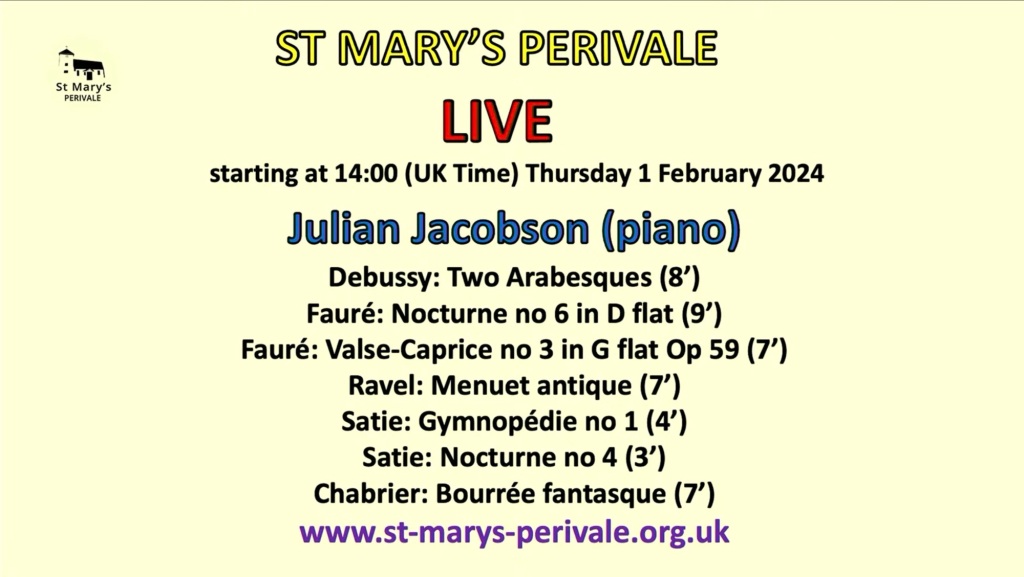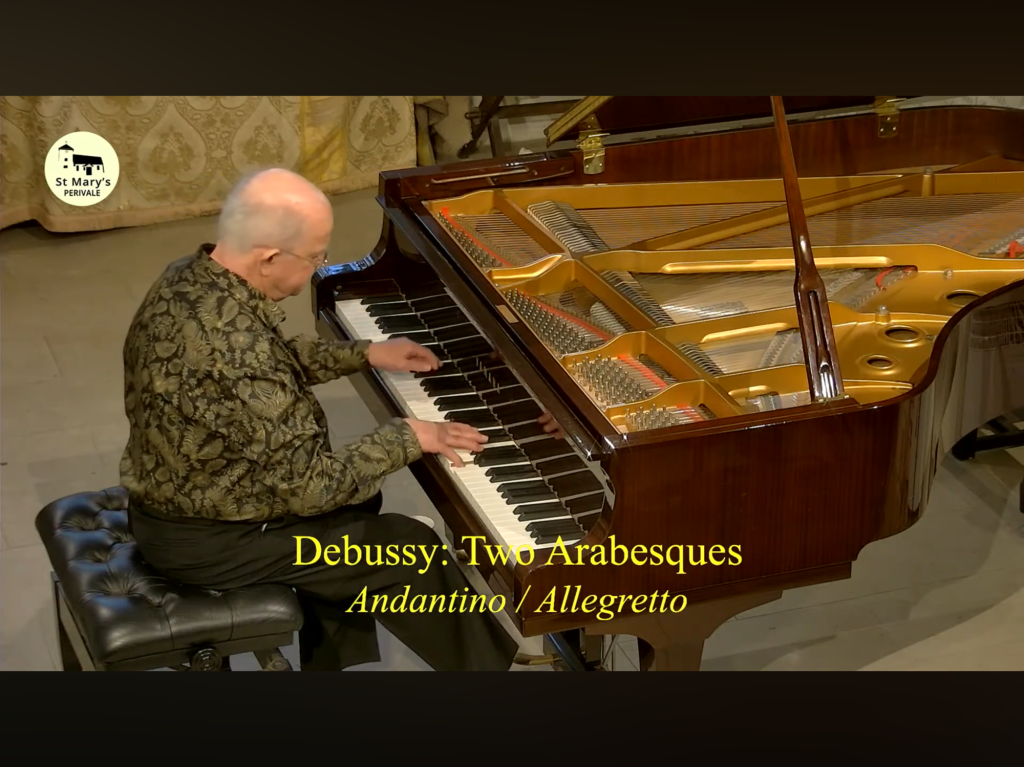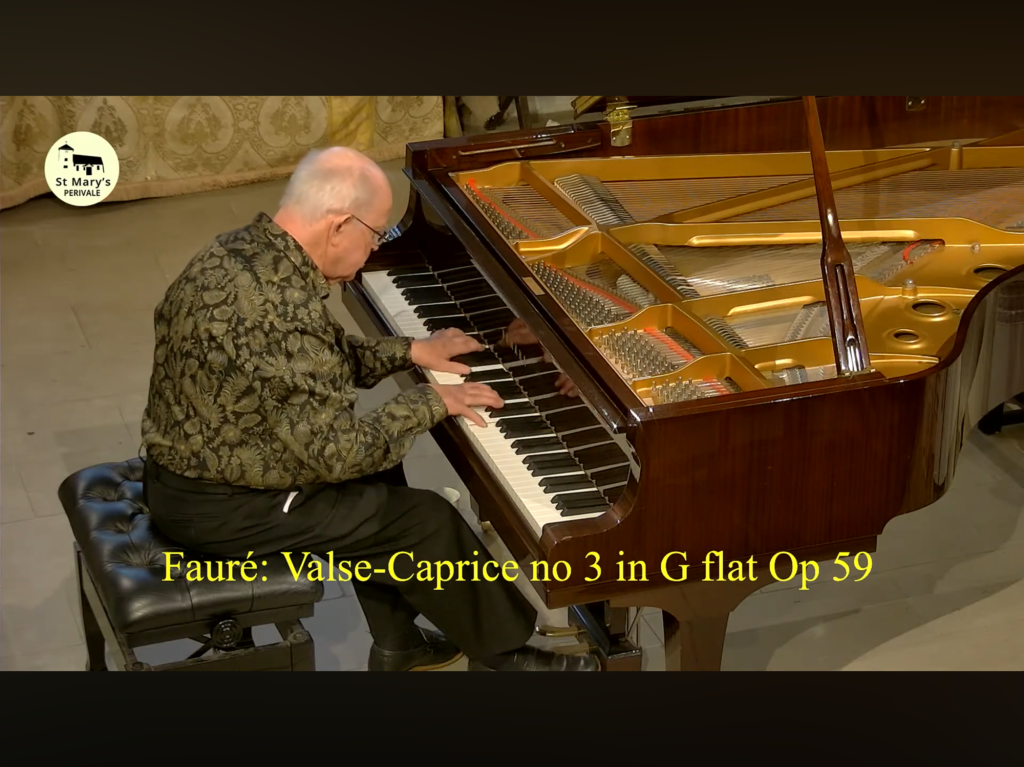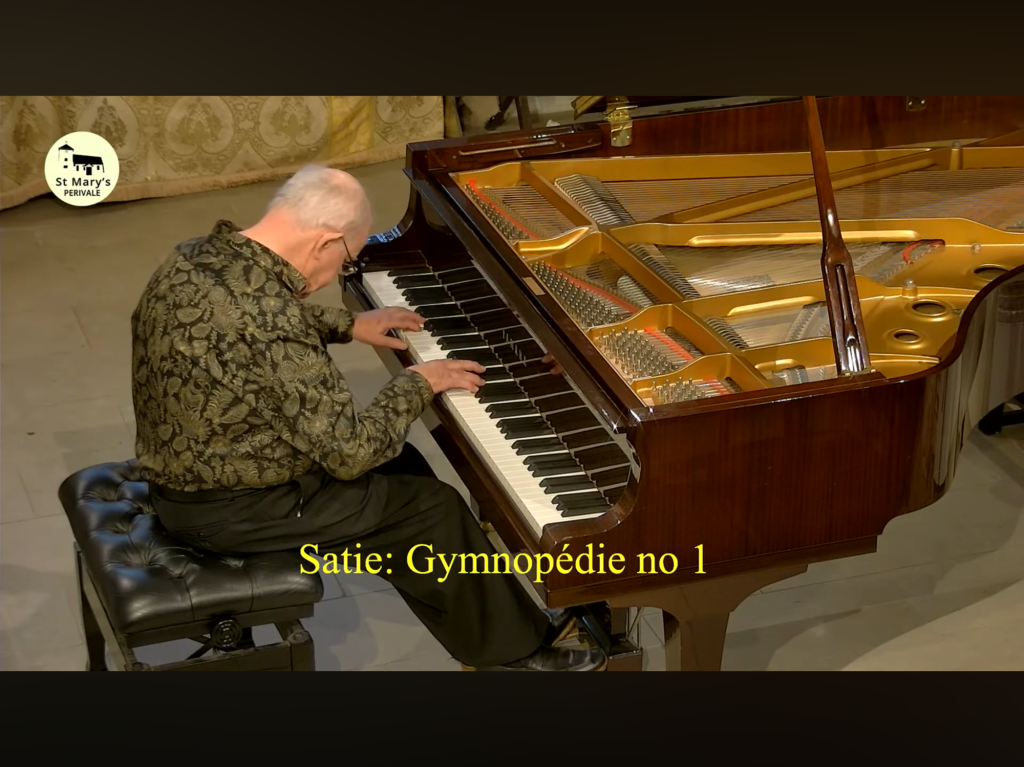
A Kapellmeister position was a senior one and involved supervision of other musicians. J.S. Bach worked from 1717 to 1723 as Kapellmeister for Prince Leopold of Anhalt- Cothen. Haydn worked for many years as Kapellmeister for the Esterházy family .Handel served as Kapellmeister for George, Elector of Hanover (who eventually became King George 1 st of Great Britain.Becoming a Kapellmeister was a mark of success for professional musicians. For instance, Joseph Haydn once remarked that he was glad his father ,a wheelwright,had lived long enough to see his son become a Kapellmeister.The term also implied the possession of considerable musical skill. When the 18th-century actor and musician Joachim Daniel Preisler heard the famous soprano Aloysia Weber (Mozart) Mozart’s sister-in-law) perform in her home, he paid her the following compliment in his diary:The well-known Mozardt is her brother-in-law and has taught her so well that she accompanies from a score and plays interludes like a Kapellmeister

Wilhelm Kempff used to arrive at the DG recording studio asking them what they would like him to play that day! Badura – Skoda would quite happily improvise or transpose into any key as Robert Levin can do too. Levin even adding an ornamentation that does not distort a piece but that is so much in style that it actually enhances its beauty .These are complete musicians who chose a programme with the key relationships interrelated. It was at the turn of the last century that even the great virtuosi of the day would improvise between each piece to link them harmonically together into a satisfying musical whole.

Dr. Hugh Mather so rightly said today that we are used to pianists presenting four or five works usually with a competition list in mind and that the idea of an ‘oldie’ like Julian who can play the entire piano repertoire without a trace of an I pad or musical copy is inconceivable for this new generation of ‘pianists’ .Julian is the only person I know who has played the 32 Beethoven Sonatas on the same day. On the first occasion he would play all from memory except the ‘Hammerklavier’ .He soon modified that when he realised that to play the knotty twine of the fugue was more difficult with the score than without!

I have two pianists both trained at the Menuhin School who have similar gifts which can also be trained and encouraged from an early age.Can Arisoy and Damir Duramovic .Damir was asked at the last minute to play at an important venue on Cyprus with the teenage winner of an international violin competition.On the programme was the Kreutzer and Tzigane two of the most difficult works where the piano part is perhaps more difficult than that of the violin.After one rehearsal they played the entire recital to an astonished audience from memory.Damir had never played them before !
Damir Durmanovic in Cyprus

Other two other occasions I have been moved to use the word kapellmeister : https://christopheraxworthymusiccommentary.com/2023/08/29/kapellmeister-lubimov-leads-us-to-the-very-heart-of-music-with-simplicity-and-mastery/……….
……..and the other is the very man who so generously in his retirement as a consultant physician of Ealing hospital is giving a lifeline to musicians mostly young but as only he only he could dare say ‘oldies’ like himself with his dedicated and expert team of retired trustees : https://christopheraxworthymusiccommentary.com/2023/07/24/the-generosity-of-kapellmeister-mather-a-celebration-of-great-man-and-his-team-on-the-2000th-anniversary-concert/

A fascinating recital of French music was on the programme and which Julian introduced with spirited and knowledgeable asides that illuminated what he played.Enticing but never boring his audience who were entranced as I was too in the depths of the Italian countryside (thanks to the superb streaming of all the concerts from St Mary’s).A programme that Julian, to quote Baudelaire, described as ‘Luxury,calm and pleasure’ – a concise way of comparing French school to the German ( I wonder what he would entitle that :‘Sturm und Drang maybe?).Amusing to know that Debussy’s favourite composers were Palestrina,Mussorgsky and ……….Chabrier! . ‘ What rules ……..it is my pleasure that leads me’, said Debussy to his conservative Conservatoire teachers! Was it not Nadia Boulanger who not long after in this same period in Paris discovered the true passion and hidden talent of two of her students who had come to her studio for a severe training in compositional techniques.Piazzola hid his tangos from her allowing her to see only his attempts at conventional music ………..she was the one when she discovered his true bent who helped him on to his true path of Nuevo Tango that was to take the world by storm.Gershwin too went to her to study counterpoint but she famously refused to teach him saying she would only ruin his natural musicianship that is the Gershwin we know today!

And so to the music which Julian plays with such a refreshing sense of improvised discovery that everything he plays is of simplicity and directness.Highly professional playing , of course, but the occasional fluff or knot that does not quite unravel as Ravel demands was of no importance with the immediacy of communication of a dedicated musician . Music and life are intertwined growing together in wisdom and living and maturing together in peace and harmony.‘ Eureka’ an age old message that Barenboim and Said hoped might unknot seemingly unresolvable problems in the far East!

Two Debussy early Arabesques where the first was played with a beautiful sense of balance.The melodic line was allowed to float on a wave of changing harmonies.Played with a subtle flexibility just as Chopin had described the elusive word ‘Rubato’ to his high society lady pupils.It was the same clarity and simple unaffected artistry that he brought to the ‘joie de vivre’ charm of the second with an occasional Spanish breeze .A rather more serious contrasting central episode was immediately dispelled but with the fresh air return of the opening.

The great french Canadian pianist Louis Lortie will be celebrating the centenary on the Monday the 5th February with some of the piano works of Fauré at the Wigmore Hall
Fauré’s best known Nocturne followed and was played with the beautiful long lines that we know from Fauré’s choral music.Fauré was much influenced by Chopin with the bel canto of the Nocturnes and Impromptus and even a Ballade.It is a very personal unmistakable language where the composer seems to be avoiding at all cost a perfect cadence! Vlado Perlemuter one of my teachers and a lifelong friend asked me to tell the audience in one of the many recitals he gave in my series in Rome that he had lived in the same house as Fauré and the great old Director of the Paris Conservatoire ,where Perlemuter was a star teenage student of Cortot,would send the music up to the boy to try out the pieces he was writing with the ink still wet on the paper.This year is the centenary of the death of a composer whose piano music is unjustly neglected by young pianists.

Julian also played the Valse Caprice n.3 op 59 with its scintillating opening and its contrasting languid central section before the brilliant ending of charm and exhilaration.
As Julian rightly said that if a twenty year old student had brought him the Menuet Antique as Ravel had penned it he would have asked for lessons from the student.Ravel obsessed with clocks and precision which is shown in all his works from this very early Menuet through Le Tombeau,Miroirs,Gaspard de la Nuit to the two piano concertos and the extraordinary transcription of his own La valse ….just to mention a few of his masterpieces.Julian played this charming Menuet with a clarity and purity of sound which was already the voice of so many of the masterpieces still to come.

He gave some of his later works absurd titles, such as ‘True Flabby Preludes (for a Dog)’ 1912), ‘Sketches and Exasperations of a Big Wooden Man’ 1913 and Bureaucratic Sonatina’ 1917.
He never married, and his home for most of his adult life was a single small room, first in Montmartre and, from 1898 to his death, in Arcueil , a suburb of Paris. He adopted various images over the years, including a period in quasi-priestly dress, another in which he always wore identically coloured velvet suits, and is known for his last persona, in neat bourgeois costume, with bowler hat wing collar, and umbrella. He was a lifelong heavy drinker, and died of cirrhosis of the liver at the age of 59.
The two pieces by Satie were the ‘Iconic’ Gymnopédie n. 1 played with a beautifully etched melodic line shaped like the musician Julian instinctively is even although I doubt Satie would have approved of anything other than an icy impersonality ! The virtually unknown Nocturne n. 4 .was a fascinating discovery with it’s angular purity and meandering beauty.

I have only ever heard Chabrier in the recital hall from Artur Rubinstein who used to enchant us with his Scherzo – Valse from the Dix pièces pittoresques . Today Julian played the Bourée fantastique that I have only ever heard from Angela Hewitt in the concert hall.

A truly comic piece of high spirits from a composer highly esteemed by his colleagues of the day but now almost unknown except for his colourful orchestral piece ‘Espagna’ that Julian spiritedly pointed out had been plagiarized by Perry Como .Beautifully and convincingly played by Julian as all the works today and in Hugh Mather’s words was one of the most enjoyable concerts of the more than 2000 that St Mary’s has hosted over the past few years.

For half a century Julian Jacobson has been a vital presence on the British music scene as well in more than forty countries on five continents. He has given concerts in most of the principal UK venues and appeared at the major festivals including Aldeburgh, Edinburgh and the Proms. As a chamber musician he has partnered distinguished musicians such as Ivry Gitlis, Sandor Vegh, Zara Nelsova, Lydia Mordkovich, Christian Lindberg, Leonidas Kavakos, Steven Isserlis, Nigel Kennedy, Raphael Wallfisch, the Brodsky and Chilingirian Quartets. A large and varied discography for labels covers a repertoire from Beethoven to Gershwin and contemporary music.
His involvement with the Beethoven sonatas dates back to his time as Head of Keyboard Studies at the Royal Welsh College of Music and Drama in the 1990s where he gave one of his first complete cycles. He has since presented the 32 sonatas on eleven separate occasions, five of which were “marathon” performances where he played the complete cycle from memory in a single day. Since 2014 he also serves as Chairman of the Beethoven Piano Society of Europe. In 2024 he is developing a parallel interest in French music, giving several performances of the complete 24 Debussy Preludes.
Jacobson has given many world or UK premieres of works by major composers including Michael Nyman, who wrote the the piano trio “Time Will Pronounce” for his ensemble the Trio of London. His own compositions include five film scores and several instrumental pieces published by Bardic Edition, as well as his highly acclaimed Gershwin transcriptions which he has recorded with his duo partner Mariko Brown. Julian was one of the very first musicians to start a daily broadcast during lockdown, commencing on day two and continuing for six weeks with a different piece every day. He teaches at the Royal College of Music London and the Royal Birmingham Conservatoire, and is Guest Professor at Xiamen University, China.

Julian Jacobson and Cristian Sandrin – A life on the ocean waves – liberally speaking !
Julian Jacobson Boogie woogie and Beamish at City University of London